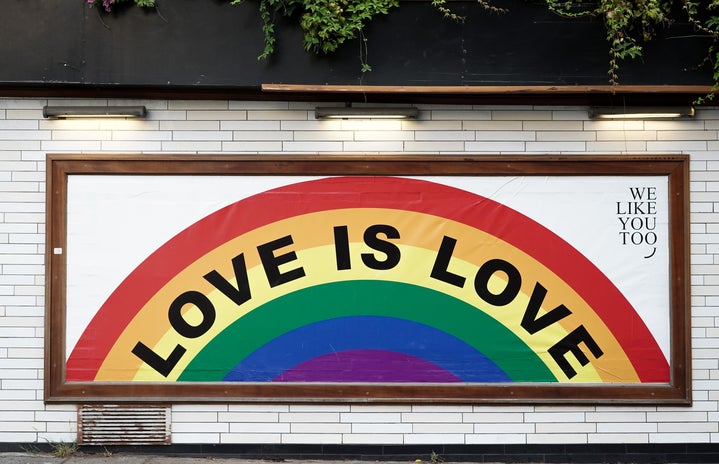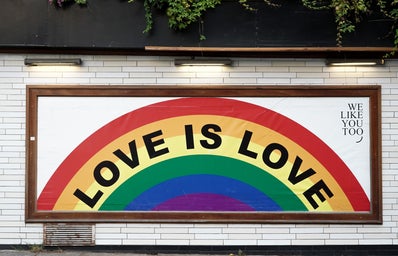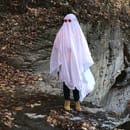To borrow a phrase from the introduction of The Great Gatsby by F. Scott Fitzgerald, “in my younger and more vulnerable years,” I was a disconnected person. Time and time again, attempts were made to create new conversations, new friendships, and new memories. These attempts practically never failed, for I was a bright and particularly outgoing child. I hadn’t cared about the childish and unimportant reasonings that kids tended to make up to excuse their rude exchanges with one another. Someone’s hairstyle or the way they smelled hardly mattered to me; instead, what mattered was their personality. Even then, I found myself befriending kids who were known as troublemakers, even when I often avoided the trouble of any sort. So, in other words, you could call me someone who didn’t care for superficial ideologies.
I was never one of the more popular children because I was never the most liked. However, I always seemed to be one that would be classified as a “good kid” by staff and students alike. This title followed me through all my years of education within Syracuse and Pembina Traisl’s school system, though the definition of “good” differentiated between the children and the adults. Being good with the teachers meant I was hardly (if ever) disruptive, I completed each assignment with vigor, and I treated anyone with whom I crossed paths in a kind and courteous manner. With students, being good meant I wouldn’t rat anyone out when they were being mischievous. I was never gossiping, and I fit myself into a categorized box of what each person in the environment was supposed to portray themselves. The truth was, being good by the standards of my peers was never my forte.
I found myself at the ripe age of ten years old inside of an American school, feeling left behind by all of my classmates. Yes, I maintained my appearance as “good.” However, I found the reality of that aspect was slowly dripping with lies. The truth of it was, I began to realize how little I indeed qualified under the box’s regulations dictated by my peers. I continued my image as a good kid. However, the actuality of it strayed away from it all. I kept up the appearance; however, I crumbled away from it inside. I became the kid who refused to fit the standard.
Now, I’d like to pause. Being raised in a chaotic upbringing caused many terms and ideologies to be forced into my mind. To call a form of love “sinful” is demonizing and harmful. To reach a state of love that was dirty, immoral, and wicked… was the start of internalized homophobia. I held a deep hatred for myself, for I was a freak in the eyes of those around me. I was iniquitous. I was revolting. I was ten.
So I was allured by men in the way that men were drawn to each other. Did this make me a boy? For the longest time, I thought it did. Until I was 12, I believed I had been a boy, stuck in this concrete known as my feminine body. Still, calling myself he and him felt wrong at that age because I was told it should. I was, stuck again in this vicious self-hating spiral, and I thought I could not break free. Yet again, I tried to fit into a box that I did not fall into.
The truth of it was, I had never been a girl. That box was so restrictive and suffocating, and I could not bend or fold myself up small enough to fit in. Then the term “Transgender” flew into my life, and everything clicked. It was as if I’d been living in a world of black and white, and it flashed fully into a world full of color.
Quickly, I took to my last name with pride. My deadname was stuck in a grave, never to be dug up again. As I continued on my gender journey, I figured out that HE and HIM were what fit me best. I wondered what it would sound like to be called Jude, Gender is an ever-growing journey, and many questions remain unanswered for quite a long time. I found that I prefer Nash as a nickname and went out to ask friends and others close to my heart to call me by that name.
The most challenging parts of becoming myself, from what I’ve noted, consisted of two things. The first of which is that my peers would never be accepting of me. The second part was that there was hardly any representation. My classmates still expected me to become a lovely girl, while I became a person who broke society’s standards. This was not taken lightly, resulting in a conglomerate of hate crimes directed toward me. Being called slurs, being told to take my own life, physical threats of violence—the list goes on and on. To put it simply, it was a hellish attempt at getting through middle School years, so I simply didn’t; I stuffed myself back in a closet and shut up until College. Now, with representation, the world is slowly getting there. However, I find more expression in actors or activists instead of characters in media. Even with the characters in media, the only non-binary characters I can think of either have their identity canonically unclear, or they are simply used as a joke or token for impartiality. Still, finding different non-binary adults, such as Mason Alexander Park (IG: @masonalexanderpark) or James Rose (IG: @jamesissmiling), motivate me to make it through to adulthood. Instead of being unsure of my future, I can now picture myself, including my identity, as a grown person thriving in society.
To sum it up, gender identity and sexual orientation is a tumultuous expedition with the possibility of going haywire multiple times. There are hardships you may need to endure; however, it is worth it to be yourself fully in the end. I would rather be execrated by all for authenticity than adored for someone I’m not.


